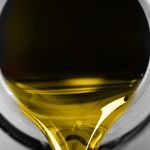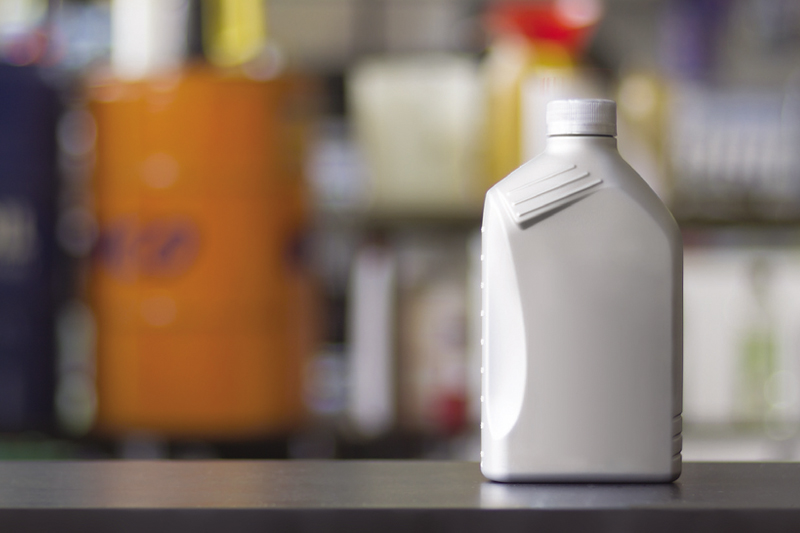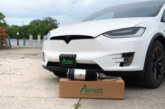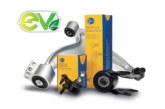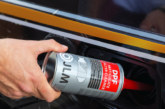Verification of Lubricant Specifications (VLS) explains the various marketing claims made on lubricant packaging, so that factors can advise their customers on the correct products to buy.
The use of marketing claims is widespread in the lubricants sector. Claims, such as ‘recommended for’ or ‘meets the requirements of’, describe products that are considered suitable for a given application, without claiming a formal Original Equipment Manufacturer (OEM) approval.
Understanding what these claims actually mean can be daunting for factors and workshops. The use of these claims within the lubricants industry is complex and historically there has been little consistency in their use. Marketing terms should clarify the choice of products available that meet a customer’s specific need, but they can be confusing. What is the difference between a ‘recommended for’ lubricant to one that is ‘suitable for use’? Which one should a customer choose and how can a factor advise them?
In order to help factors navigate this complex area and provide clarity, the Verification of Lubricant Specifications (VLS) has published industry guidance on their application.
Types of marketing claim and what they really mean
There are two common types of generic marketing claims:
1. Approved
This is the strongest form of marketing claim. It means that the lubricant producer or marketer has applied to the OEM for a formal approval for its product for use in a particular application, such as a vehicle. The OEM has reviewed the product and agreed that it meets its technical and performance requirements. Any reblends of the product (such as to take into account ACEA specification changes) have been subsequently resubmitted to the OEM for approval, so that the approval remains current and up to date.
2. ‘Recommended for use’, ‘Suitable for use’, ‘Meets the requirements of’, or similar terms
All of these terms indicate that the lubricants producer or marketer is making an informed, professional judgement based on supporting technical evidence as to the suitability of a given lubricant to a stated
application. This could include the following scenarios:
- An approval exists on the formulation being used, but the marketer has decided not to pursue a formal reblend approval for their product.
- An approval is not technically possible, e.g. claims which are self-certified and there is nobody to grant an approval (e.g. ACEA sequences).
- The specification is technically obsolete or one or more tests are currently unavailable, but, on the basis of a technical judgement such as similarity with previously tested materials, the product would fully meet all the requirements of the specification.
- The lubricant marketer or the technology provider has sufficient robust and relevant supporting data for the recommended application. This does not mean that all aspects of the chemical and physical specification normally associated with the application have been met.
In theory, there is a third type of marketing claim: ‘Not suitable for use’. In practice this would normally be indicated simply by the omission to make one of the above marketing claims for the product. Marketing claims are not the only means of selecting the right lubricant for a particular vehicle. If there were no specific marketing claims on a pack, customers should refer back to other specification information, such as the SAE, API or ACEA sequence.
Correctly used marketing terms should provide assurance
The use of marketing claims in association with a product should always be supported by technical evidence, backed by the marketer’s technology provider, and help the end user to choose the right product. If these product claims cannot be fully validated by way of technical evidence or supported by a marketer’s technology provider, then quite simply they should not be used.
End users should be in no doubt that the products they buy are right for an application. If there is any doubt, VLS advises users to check with their vehicle’s operating manual, consult with the relevant OEM or ask for the marketer’s technology pack to support claims that are made.

